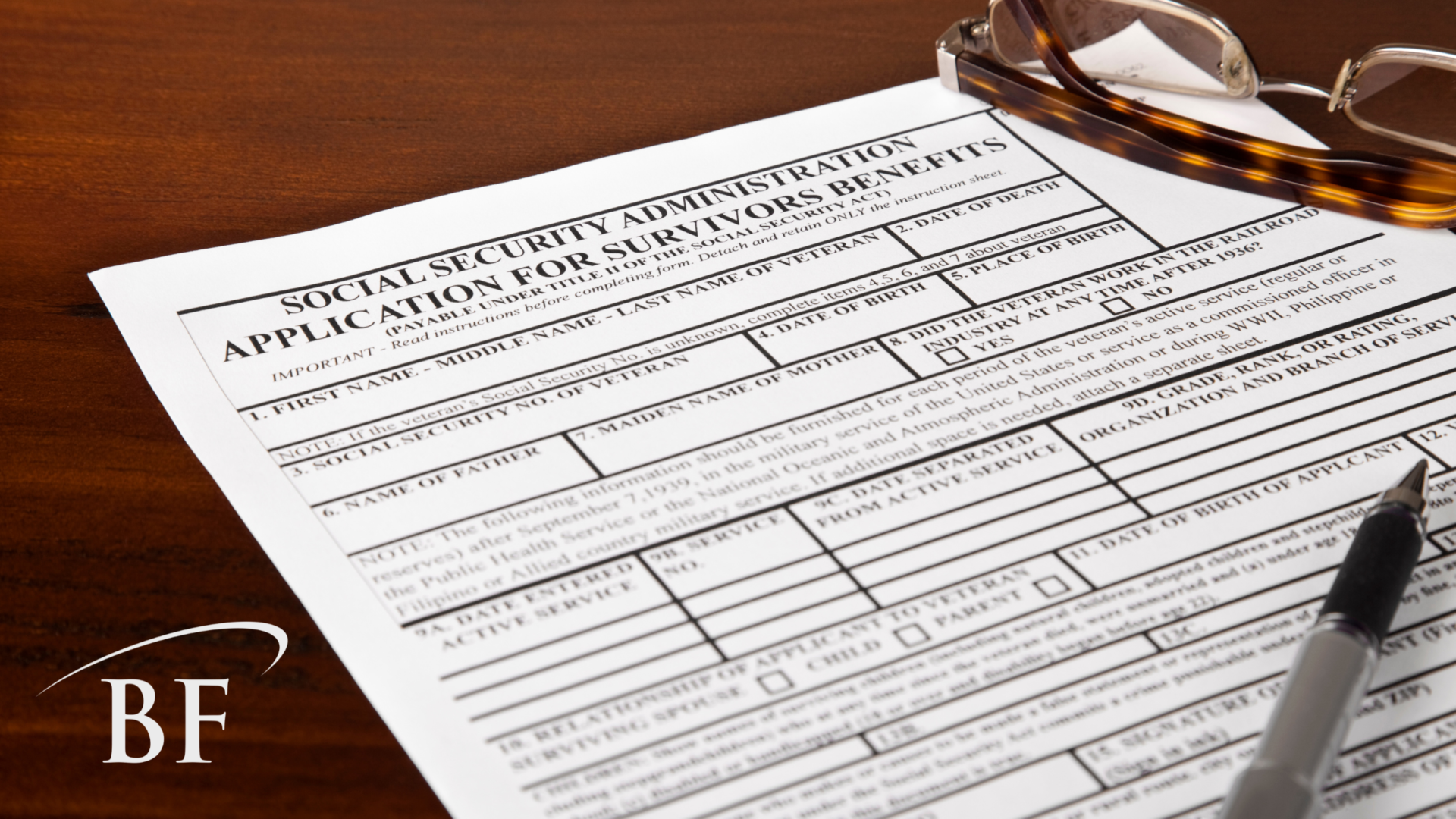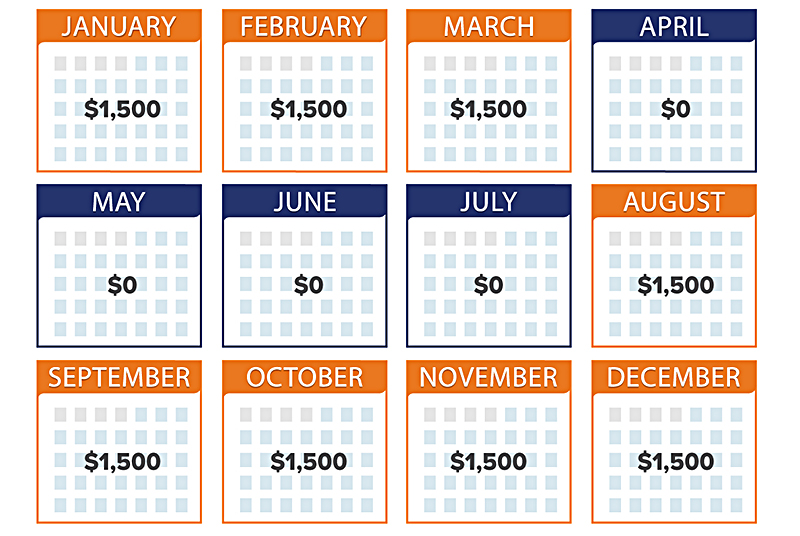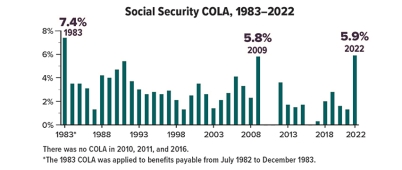Social Security provides retirement income for workers in the United States by replacing a portion of their pre-retirement income based on their lifetime earnings. What happens to your benefits when you or an immediate family member passes? In this article, we explore how Social Security benefits can extend beyond your lifetime and support your loved ones as Social Security survivors benefits.
Defining Social Security Survivors Benefits
Social Security survivors benefits refer to the portion of Social Security funds set aside as a form of life insurance for widows, widowers, and any dependents of eligible workers. Funds begin being set aside from the day you start paying into your Social Security fund. There are two main determining factors when deciding on the presence and status of benefits: the deceased’s work history and the credits they have accumulated. The more years an individual works and is paying into the fund, the more credits they will earn, leaving a more significant benefit for loved ones to access after their passing. The number of credits needed to provide survivors benefits differs based on the worker’s age at the time of death. No one needs more than 40 credits to be eligible for Social Security benefits, so with the ability to earn up to 4 credits per year, anyone working and contributing to Social Security for at least 10 years is eligible. Each situation is different. For more insight, talk to a Social Security claims representative about your situation and choices.
Who qualifies for these benefits?
If you meet the necessary work requirements, different family members may be eligible to collect survivors benefits including:
- Spouse
- Ex-spouse
- Children under a certain age
- Parents over the age of 62 and dependent on your income
It is possible to have multiple survivors benefits within a single family but the amount that can be drawn for each within a single household is capped by the maximum family benefit. The percentage of benefits they receive will vary as follows, according to the Social Security Administration:
- Spouse or ex-spouse, full retirement age or older: 100%
- Spouse or ex-spouse, age 60 through full retirement age: 71.5% – 99%
- Spouse or ex-spouse with a disability, age 50 – 59: 71.5%
- Spouse or ex-spouse caring for a child under age 16: 75%
- Child under age 18 or who has a disability: 75%
- Single surviving dependent parent: 82.5%
- Both surviving dependent parents: 75% to each parent
Taxes and Optimizing Payout
Survivors benefits can be claimed even if the person making the claim is currently working. The amount may be reduced based on multiple factors including the survivor’s age and income. When you receive benefits of any kind, it is important to factor in taxes. The amount paid in taxes is determined by a calculation of combined income, which is defined as your adjusted gross income (AGI), plus nontaxable interest, plus half of your Social Security benefits.
When filing as a single individual if your combined income is:
- Below $25,000: Your Social Security benefits are not taxed
- $25,000 – $34,000: 50% of your Social Security benefits are taxable
- Over $34,000: 85% of your Social Security benefits are taxable
When filing status is married filing jointly if your combined income is:
- $32,000 – $44,000: 50% of your Social Security benefits are taxable
- Over $44,000: 85% of your Social Security benefits are taxable
Children may be subject to taxes on benefits if they hold trust accounts or brokerage funds.
Someone already receiving their own Social Security benefits must choose between those and survivors benefits, they can not take both. Like retirement benefits, waiting until age 67 allows the payment amount to increase annually. Delaying survivors benefits may result in a larger payout overall than delaying your own Social Security. Talk to a financial professional to work out which option will have the highest payout.
How to Apply for Social Security Survivors Benefits
Social Security survivors benefits are not automatic, you will need to go through a formal application process which can be completed by phone, online, or in person at a Social Security Administration office. Documents you will need to complete the process include:
- Proof of death of your loved one
- Birth certificate, for both you and your loved one
- Proof of US citizenship, for both you and your loved one
- Your loved one’s W-2 form or self-employment tax returns for last year
- A marriage certificate, as a spouse
- A final decree of divorce, as an ex-spouse
- For other circumstances, other documents may be required
If you need assistance throughout the filing process, you are able to go into a Social Security Administration office either by yourself or with an advisor to work with a representative on your case.
Contact Blakely Financial today to learn more about your Social Security survivors benefits.








